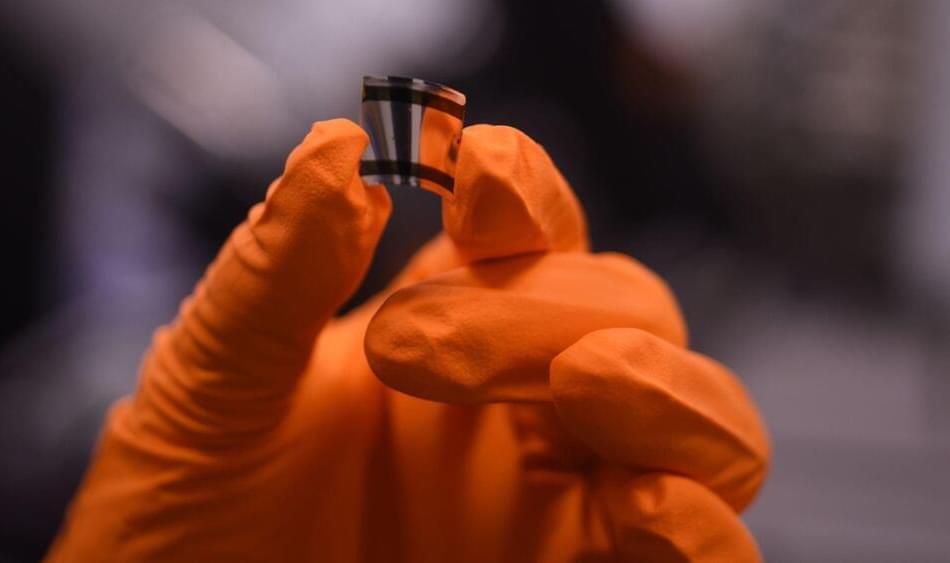The map reveals how every single neuron in the nervous system of the small worm communicates wirelessly.
Making a significant stride in scientific advancement, researchers have created the first-ever map that illustrates the wireless communication among every individual neuron in the nervous system of a small worm.
This is the first time a map of a neuropeptide network is created in any mammal, even though the same has been successfully done in simple organisms.









